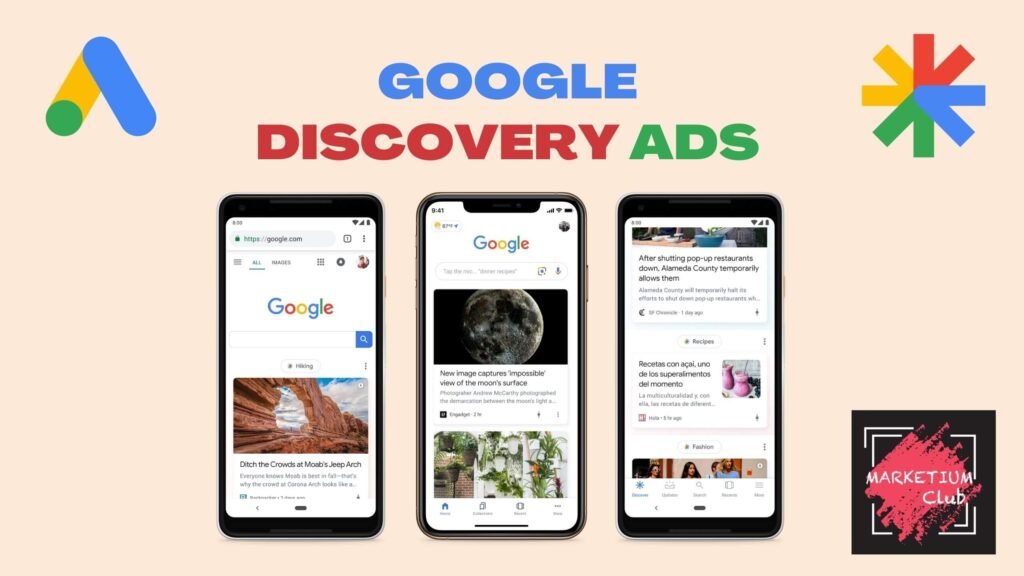Google Ads

Google Ads, formerly known as Google AdWords, is an online advertising platform developed by Google. It allows advertisers to display their ads on Google’s search engine results pages (SERPs), as well as on other Google properties and the websites of Google’s partners. Google Ads operates on a pay-per-click (PPC) model, where advertisers bid on keywords and pay for clicks on their ads.

Here’s how Google Ads works:
1. **Ad Creation:** Advertisers create text ads, image ads, or video ads using the Google Ads platform. These ads typically include a headline, a description, a display URL, and a destination URL. Advertisers can also include ad extensions, such as call buttons, location information, or additional links.
2. **Keyword Targeting:** Advertisers choose keywords related to their products or services that they want their ads to appear for. They bid on these keywords, specifying how much they are willing to pay for a click on their ad.
3. **Ad Auction:** When a user performs a search on Google, Google Ads runs an ad auction to determine which ads will appear on the search results page and in what order. The auction takes into account factors such as the advertiser’s bid, the quality and relevance of their ad and landing page, and the expected impact of ad extensions and other ad formats.

4. **Ad Placement:** The ads that win the auction are displayed on the search results page, typically above or below the organic search results. They are labeled as “Ads” to distinguish them from organic listings. Ads can also appear on other Google properties, such as YouTube, Gmail, Google Maps, and the Google Display Network (GDN), which includes millions of websites and apps where advertisers can display their ads.
5. **Ad Performance Tracking:** Advertisers can track the performance of their ads using the Google Ads platform. They can monitor metrics such as clicks, impressions, click-through rate (CTR), conversion rate, and return on investment (ROI). They can also make adjustments to their ads, keywords, bids, and targeting settings to optimize performance and achieve their advertising goals.
Google Ads offers a range of targeting options beyond just keywords, including demographics, interests, behaviors, geographic location, device type, and more. This allows advertisers to reach their target audience with precision and tailor their ads to specific segments of users.